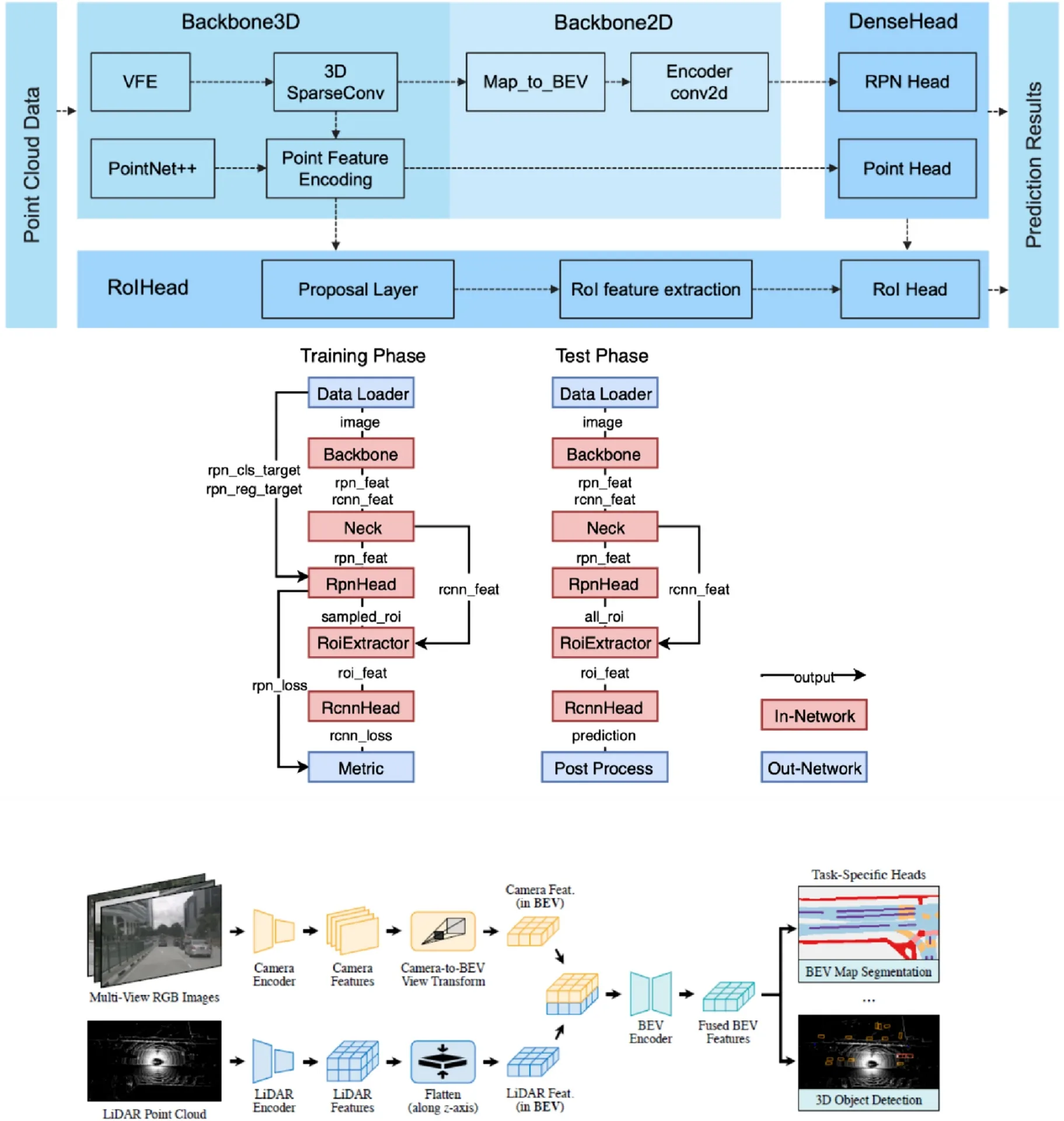Waymo, Google/Alphabet’s autonomous vehicle project, has been hosting the Open Dataset Virtual Challenge annually since March 2020. The competition uses Waymo’s freely accessible dataset of annotated autonomous vehicle data, inviting computer scientists to solve machine learning and vision problems.
The challenge is part of the Grand Challenges of AI, which aim to promote accountable and commercially viable advancements. The article explores six key themes that illustrate how these challenges shape AI research and development. The study reveals how challenges have historically and presently shaped the evolving landscape of self-driving and AI technologies.
How do Waymo’s Open Dataset Challenges Shape AI Development?
Artificial intelligence (AI) and machine learning (ML) are becoming increasingly significant areas of research for scholars in science and technology studies (STS) and media studies. In March 2020, Waymo, Google/Alphabet’s autonomous vehicle project, introduced the Open Dataset Virtual Challenge, an annual competition leveraging their Waymo Open Dataset. This freely accessible dataset comprises annotated autonomous vehicle data from their own Waymo vehicles. Yearly, Waymo has continued to host iterations of this challenge, inviting teams of computer scientists to tackle evolving machine learning and vision problems using Google’s data and tools.
The Open Dataset Virtual Challenge is situated within the context of the Grand Challenges of artificial intelligence (AI), which aimed to foster accountable and commercially viable advancements in the late 1980s. Through two exploratory workshops, a technographic approach was adopted to examine the pivotal role of challenges in the development and political economy of AI. Serving as an organizing principle for the AI innovation ecosystem, the challenge connects companies and external collaborators, driving advancements in specific machine vision domains.
By exploring six key themes—interface methods, incrementalism, metrics, AI vernacular, applied domains, and competitive advantages—the article illustrates the role of these challenges in shaping AI research and development. By unpacking the dynamic interaction between data, computation, and labor, these challenges serve as catalysts propelling advancements towards self-driving technologies. The study reveals how challenges have historically and presently shaped the evolving landscape of self-driving and AI technologies.
What is the Role of Challenges in AI and Autonomous Vehicle Development?
Artificial intelligence (AI) and machine learning (ML) are becoming increasingly significant areas of research for scholars in science and technology studies (STS) and media studies. Scholars are exploring various aspects including labor considerations, the politics of algorithmic decision-making, the materiality of computation, the role of training datasets, and the economic underpinnings of AI ethics. In this article, the organization of ML machine vision challenges used to foster technological innovation is studied, particularly for emerging ML-dependent AI systems such as autonomous vehicles.
The objective is to examine how challenges shape applied AI research and development (R&D), using the case of Waymo, Google/Alphabet’s autonomous vehicle project. Waymo’s recurring annual Open Dataset Challenges represent one example of open competitions organized for the global ML and data science community. The investigation into these challenges adopts a material approach, bridging digital STS, platform studies, and work on the political economy of AI, furthering insight into the phenomenon of platform automobility and autonomous driving.
Building upon a workshop conducted by the authors at the University of Siegen, Germany, focused on the Waymo Open Dataset, a technographic approach is adopted to explore how challenges play a crucial role in the development and political economy of AI and autonomous vehicles. Through a scavenging-style ethnography, the significance of convening third-party developers is examined, considering how platform features, technical documentation, and other materials figure in the incremental advancement of AI systems and technologies.
How is Waymo Shaping the Autonomous Vehicle Industry?
Waymo has been a significant player in the autonomous vehicle industry since it started as the Google Self-Driving Car project in 2009. It continues to compete with car manufacturers like Tesla, Ford, China’s Baidu, other Big Tech-funded projects like Zoox (a subsidiary of Amazon), dedicated autonomous vehicle passenger service (AVPS) operators like Cruise, and chip manufacturers like NVIDIA and Mobileye. Together, they shape an industry that has entered a new mature phase as key players have variously consolidated their self-driving vehicle operations, written-off related assets, or pivoted to other autonomous vehicle domains.
ML and data science challenges and competition-hosting platforms are numerous. Google subsidiary Kaggle, described by CEO D. Sculley as the “rainforest of machine learning,” provides a platform for users to discover and publish datasets, explore and construct models, and participate in various data science challenges to enhance their skills, earn ranking points, and win prizes. The Grand Challenge platform serves as another instance of an open web-based environment for challenges, focusing specifically on the end-to-end development of ML solutions in biomedical imaging.
These competitions and challenges, such as those hosted by Waymo, play a crucial role in driving innovation and advancements in the field of AI and autonomous vehicles. They serve as a platform for collaboration and competition, fostering a dynamic and evolving landscape of self-driving and AI technologies.
Publication details: “Challenges as catalysts: how Waymo’s Open Dataset Challenges shape AI development”
Publication Date: 2024-04-17
Authors: Sam Hind, Fernando van der Vlist and Max Kanderske
Source: AI & society
DOI: https://doi.org/10.1007/s00146-024-01927-x

